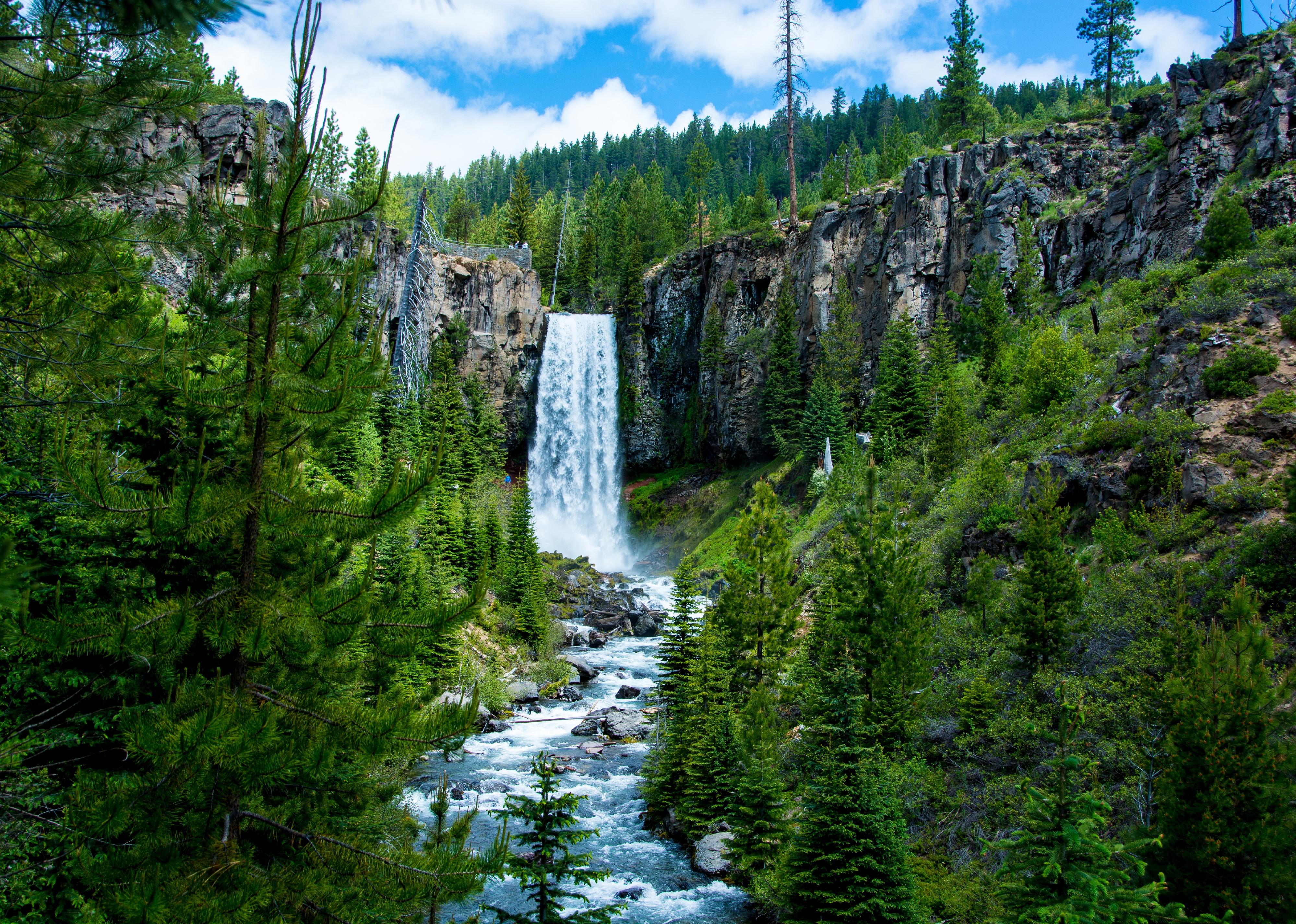
Changes to natural systems: How climate change has affected Oregon
Changes to natural systems: How climate change has affected Oregon
The latest United Nations Intergovernmental Panel on Climate Change (IPCC) report is yet another reminder of the dire effects of climate change. While climate projections often look to the future when discussing the worst impacts of climate change, we are in fact already experiencing its effects across the United States. To better understand how climate change is impacting the country, Stacker compiled a list of the impacts of climate change in every state, using local and national news stories, government reports, and scientific journal articles.
While these impacts are weather-related—for example, heat waves, droughts, or storms—individual weather events cannot be attributed to climate change on their own. Rather, it is when these events are seen within larger trends that they can be understood as part of a pattern that has come out of the changing climate.
Keep reading to learn about how your state has been impacted by climate change, or read the national story here.
Oregon: Changes to natural systems
As temperatures get warmer in Oregon, the state's wildlife is being impacted. Insects are moving up into the state from southern states, and pest species such as the mountain pine beetle are increasing in numbers. In addition, the migration patterns of many bird species are changing, and flowering is taking place sooner due to the earlier arrival of springlike temperatures. This can lead to mismatches in the life cycles of interdependent species, such as certain insects or birds, and puts these native species in danger.
Across the country, there are trends of rising temperatures, storms of increasing frequency and severity, and more erratic precipitation patterns, causing disruptions to the food systems and sometimes even resulting in death. While the U.S. government has set a target to reduce greenhouse gas emissions by at least 50% by 2030, it is clear that the climate emergency is already taking place, and along with emissions reductions, mitigation of the impacts of climate change must be prioritized as well.
Read below to see how other states in your region have been affected by climate change.
Nevada: Extreme heat
Nevada experienced record-breaking heat in the summer of 2021. Las Vegas was especially impacted, as it is an urban heat island, and the county where it is located saw 82 heat-related deaths in 2020. While this heat does and will continue to impact everyone, it is especially bad for Nevadans who suffer from respiratory illnesses, who are elderly, and those who live in areas with low air quality, which are often people of color and those living in poorer communities. States at Risk estimates that in Nevada, around 70,000 people are part of these vulnerable communities that will be most impacted.
Washington: Extreme heat
Washington state made headlines in June 2021 when it was hit by an extreme heat wave that saw temperatures well over 100 F and saw Seattle's hottest day ever on June 28 when temperatures hit 108 F. The state saw another heat wave in July 2021 and while temperatures weren't as high, droughts meant that wildfires broke out across Washington and neighboring Oregon and Idaho. According to scientists, these heat waves were made 150 times more likely by climate change.



